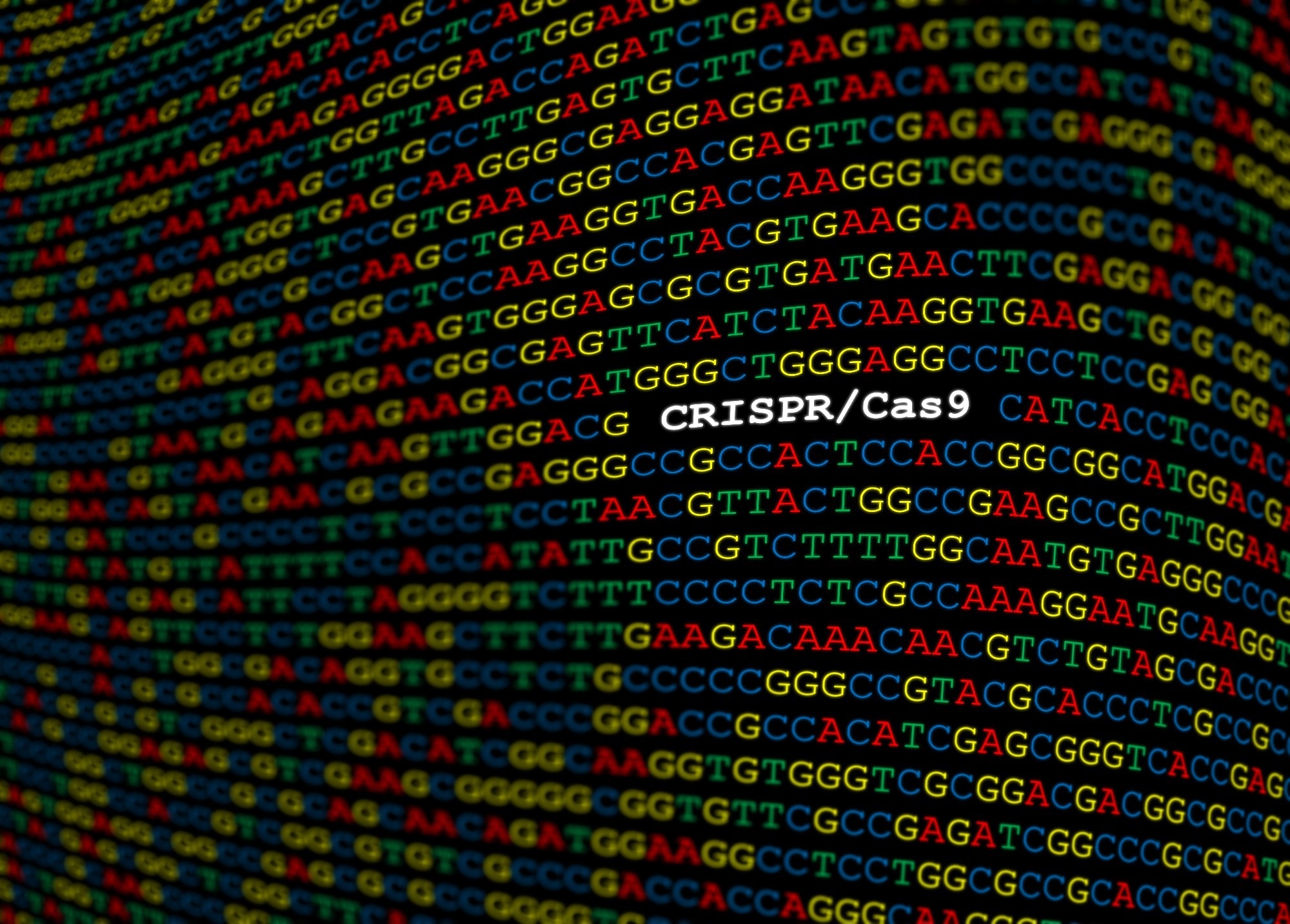In a recent review published in the journal PNAS, researchers explore non-viral and cell-specific clustered regularly interspaced short palindromic repeats (CRISPR)-CRISPR-associated proteins (Cas) delivery methods and emphasize their advantages for research and gene therapy applications.
 Study: Targeted nonviral delivery of genome editors in vivo. Image Credit: Catalin Rusnac / Shutterstock.com
Study: Targeted nonviral delivery of genome editors in vivo. Image Credit: Catalin Rusnac / Shutterstock.com
Improving the delivery of CRISPR-Cas enzymes
CRISPR-Cas enzymes offer precision and ease in genome editing; however, they are also associated with certain safety concerns for their potential to induce permanent alterations. Enhanced specificity of Cas9 marks progress, yet targeted delivery remains vital for minimizing risks.
Viral vectors have been widely studied as delivery vehicles for these enzymes. Nevertheless, these systems are also associated with risks of immunogenicity and genetic disruptions.
Emerging alternatives like CRISPR-Cas ribonucleoproteins (RNPs) and messenger ribonucleic acid (mRNA)-encoded nucleases reduce off-target effects and oncogenesis risks but lack specific targeting. For example, Cas9 RNPs, which offer transient cellular presence and cost-effectiveness, reduce off-target effects and immunogenicity; however, their targeted delivery poses a significant challenge. Thus, there remains an urgent need for advanced delivery strategies.
Further research is crucial for developing safer and more precise delivery mechanisms for CRISPR-Cas systems, which will ensure targeted genome editing with minimal off-target effects and lower clinical risks.
Ex vivo targeted delivery methods
Targeted delivery can be achieved through the physical isolation of cells for ex vivo genome editing. This method is particularly effective with hematopoietic cells, which can be easily isolated and edited outside the body.
Techniques such as electroporation have facilitated efficient genome editing in T-cells, as well as hematopoietic stem and progenitor cells (HSPCs), thereby offering a unique potential for revolutionizing the treatment of hematologic diseases like sickle cell disease (SCD) and beta-thalassemia. Despite its efficacy, an important limitation of electroporation is its limited applicability to other tissues, as well as potential cytotoxic effects.
Ex vivo genome editing has also advanced regenerative medicine. For example, induced pluripotent stem cells (iPSCs) edited with Cas9 RNPs have been used to develop treatments for genetic skin disorders and type 1 diabetes (T1D), thus demonstrating the potential of this method to replace or regenerate damaged tissues. This specificity ensures minimal risk of editing unintended cell types and provides a controlled environment for therapeutic interventions.
In vivo genome editing: Challenges and opportunities
In vivo genome editing is limited in its ability to accurately target specific tissues without the benefit of isolation. Techniques like direct injection have achieved localized success in the brain, skin, and tumors, while innovations such as cell-penetrating peptides and lipid nanoparticles (LNPs) offer broader delivery possibilities. These advancements will inevitably support the development of future CRISPR-Cas systems that can be delivered systemically with cell-specific precision.
Advancements in delivery: LNPs and enveloped delivery vehicles (EDVs)
LNPs enable systemic delivery and endosomal escape to release genome editing tools directly into cells. Packaging larger genetic sequences and targeting specific tissues, LNPs have already been investigated for their potential to treat complex diseases like familial hypercholesterolemia.
Biologically inspired vehicles including virus-like particles (VLPs) and extracellular vesicles (EVs) mimic viral delivery mechanisms for targeted editing. These EDVs leverage natural processes for efficient genome editing, thereby demonstrating the evolving landscape of CRISPR-Cas delivery methods and their potential to overcome current limitations.
Ex vivo precision with VLPs
VLPs have shown promise in precisely delivering genome editing tools to specific cell types in an ex vivo setting. These engineered particles often utilize the VSV-G glycoprotein due to its broad receptor range, including the low-density lipoprotein receptor (LDL-R), to facilitate entry into a wide range of human cells, such as T-cells, B-cells, iPSCs, and cluster of differentiation (CD)34+ HSPCs.
This broad applicability is further refined by pseudotyping VLPs with other viral glycoproteins to ultimately target cells based on specific receptor interactions. For example, leveraging the human immunodeficiency virus type 1 (HIV-1) envelope glycoprotein targets VLPs to CD4+ T-cells, thereby enhancing the specificity of delivery and minimizing off-target effects. This approach has been instrumental in reprogramming immune cells for cancer therapy and editing stem cells for regenerative medicine.
In vivo advances with EDVs
Both VLPs and EVs offer a platform for direct and localized delivery of CRISPR-Cas9 editors. These EDVs bypass the need for cell-specific targeting when administered directly to the site of interest, such as the eye or muscle tissue, thus providing an opportunity to treat conditions like Duchenne muscular dystrophy (DMD) and neurodegenerative diseases. Furthermore, systemic administration of VLPs has achieved targeted liver editing to eventually treat liver-associated disorders.
The specificity of these systems is enhanced by displaying targeting molecules on the VLP surface, which directs the genome editing machinery to specific cells or organs with minimal off-target activity.
Future directions
The full potential of CRISPR-Cas therapies, particularly for non-liver and non-hematologic diseases, relies on the development of more sophisticated delivery vehicles. The challenge lies in achieving cell-type specificity in vivo without inducing immune responses or off-target effects.
Recent innovations in LNP formulation and the exploration of biologically inspired EDVs present promising strategies for facilitating delivery precision. These advancements, combined with high-throughput screening and antibody engineering, will likely lead to the development of minimally invasive and highly specific CRISPR-Cas therapies.
Journal reference:
- Tsuchida, C. A., Wasko, K. M., Hamilton, J. R., & Doudna, J. A. (2024). Targeted nonviral delivery of genome editors in vivo. PNAS. doi:10.1073/pnas.2307796121